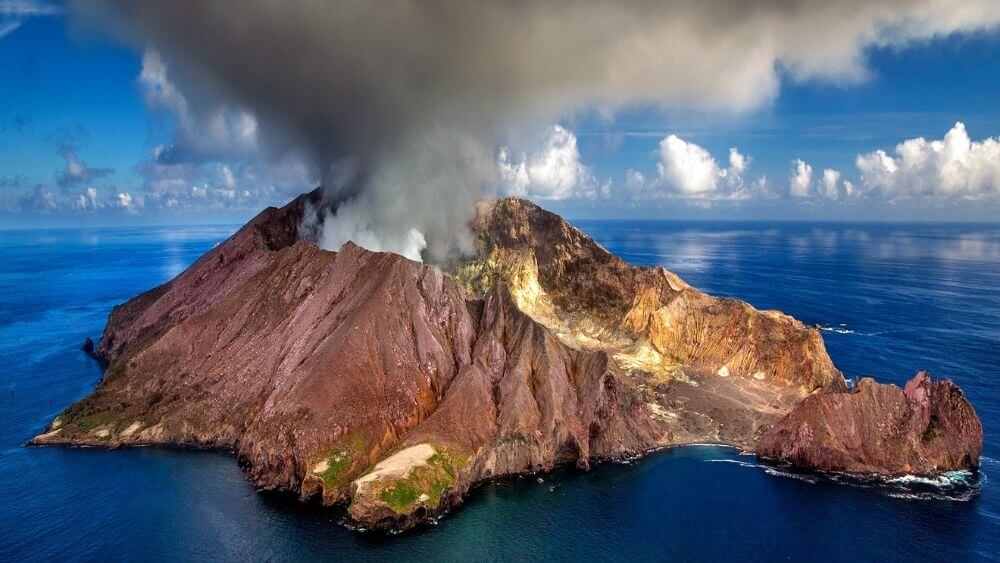Why do volcanoes erupt?

Volcanoes are large gaping outlets on the surface of the Earth’s crust from which lava, ash, and hot gases flow out during an eruption. It physically manifests in the form of a cone-shaped mountain formed by the materials issuing from such an opening or eruption.
Volcanoes are of two main types:
Active Volcanoes: These volcanoes have a high frequency of eruption. This basically means that they have erupted in the recent past and are likely to erupt again in the near future. Examples include Moun Etna and Mount Stromboli in Italy.
Dormant Volcanoes:
These volcanoes are volcanoes that have not erupted in a very long time but are actually expected to erupt sometime in the future. Examples include Mount Kilimanjaro in Africa and Mount Fuji in Japan.
Contents
Eruption Of A Volcano
Volcanoes usually erupt when pressure from deep underground forces hot, liquified rock called magma from the crust of the Earth to come up up to the surface. An eruption blasts out clouds of ash and molten (melted) rock into the surrounding air and objects. It is a violent and dangerous process putting neighbouring people and towns at great risk of damage and destruction.
Rivers Of Fire
An erupting volcano produces fountains of red hot lava that runs down, around all its sides, destroying and burning everything in its path. When an eruption takes place at the top of the volcano, lava may also drip down to form a lake in the crater that is left behind.
Fact
An estimated number of about 50–70 volcanoes erupt in the world each year and at any point in time, 20 volcanoes could be erupting.
Stages Of A Volcanic Eruption
A volcano does not emerge or erupt in a given instant. It is a gradual process, which eventually leads to a heated explosion. Let’s learn about these stages:
Trapped Underground
From a simple crack in the crust of the Earth, pools of magma accumulate and build up deep underground. After reaching its maximum capacity and attaining its highest temperature, this hot, liquid rock then erupts from the Earth’s interior.
Escape Route
Magma built up like this then rises up a main pipe from deep within the Earth’s crust and is forced toward the surface of the earth. As the pressure continues to build up, the magma keeps rising, closer and closer, to the Earth’s surface.
Flowing Lava
After reaching the Earth’s surface, magma is referred to as lava, which flows down the sides of the volcano. The lava, once when cools down in layers with ash in between. This process of deposition leads to the formation the mountain-like structure of a volcano.
Fact
The temperature of lava is a scorching 1,800 ºF (1,000 ºC).
Ash Cloud
Thick clouds of burning hot ash are formed and are then blasted upwards, up to several miles into the Earth’s atmosphere.
Related Quiestions
- What is an active volcano?
- What is a dormant volcano?
- Explain the stages that lead up to a volcanic eruption.
Objective Questions:
- Liquidified rock emerging from the Earth’s crust is called ________.
- Magma, when it touches the surface of the Earth, is called _______.
- Molten lava has a ________ temperature.
- A volcanic mountain is ________ in shape.
- _______ and molten rock are exulted from the volcano.
True Or False:
- Volcanic eruptions are predictable: ________
- Volcanic mountains are structureless: ________
- Magma is created in the Earth’s crust: ________
- Lava can cool down easily: ________
- Lava, when collected at one place, forms craters: _______






Responses